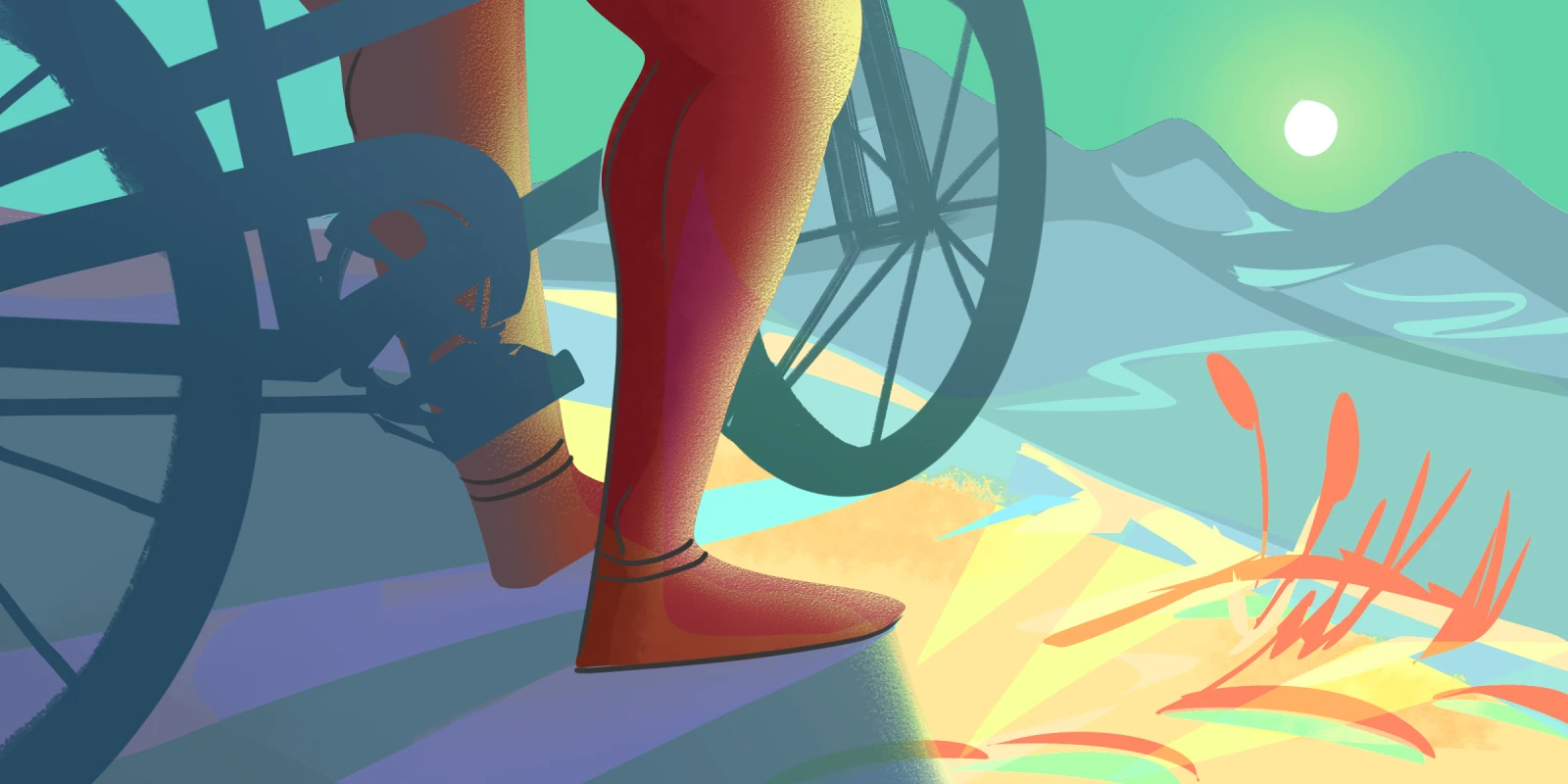You don't have to go to the movies to see a costumed figure with mythical powers; turn on your TV to watch the final week of the Tour de France. Arguably the world's toughest race mentally and physically, the riders do an incredible 2,200 miles over 23 days. There are no timeouts, substitutions, or stoppages for weather (barring extreme conditions), with only two rest days thrown in. The riders climb a total of 185,000 feet during the 2023 race. (To put that in perspective, that's climbing Mount Everest more than six times.) The average speed is 24 miles an hour. I am sure even the mythical Superman would do a double take.
The race is not a straightforward race between individuals but instead is between teams. Most of the riders on a team are in service of one rider, who has been preselected with the best chance to win. The other riders, called domestiques (translates as servant), take the wind for their leader, work to get them nutrition, and give them their bikes in the case of mechanical issues. The winners (yellow jersey) are lean, with average weights between 130-145 pounds, a BMI of 19-20, and body fat of approximately 5%. As caloric consumption depends on the movement of mass, it makes sense that the leaner you are, the less energy is required to go up the mountains, which translates to less oxygen requirement. The race has something for everyone: the sprinters with their bulky muscles and fast-twitch fibers vie for the green jersey, and there is a polka dot jersey for the best climber.
The toll this takes on the human body will boggle the minds of health care professionals. Cyclists burn close to 6,000 calories per day, with nutrition being the most critical issue as the digestive system takes a hit during racing as blood supply is diverted to the skeletal muscles. Research shows that after the first week, the human body starts entering a state of catabolism, with riders losing weight and muscle mass and going into an increased inflammatory state, with the generation of free radicals during racing. The riders burn through 15%-20% of their muscle mass by the end of the race, as the damaged muscles cannot store as much glycogen. The shear stress causes a loss of 200 billion red blood cells. The hemoglobin drops from 14-15 gm/dl at the start of the tour to 12-13 gm/dl at the end. This also causes the immune system to take a hit, with the riders more susceptible to infections.
The ability to increase your heart rate drops as the race progresses due to fatigue. By the last week, most riders get their heart rates up to only 160-170 bpm (baseline heart rates are 40 bpm) as opposed to 190+ in the earlier part of the tour. The left ventricle size and efficiency in these athletes are significantly increased, both by dilation and an increase in wall thickness. An analysis of the heart rate of Chris Froome, one of the past winners, showed his baseline heart rate dropping to 29 bpm, suggesting a highly efficient left ventricle.
How does this extreme exercise affect cardiovascular health? While there have been instances of sudden cardiac death in young cyclists, a study published in 2016 in the International Journal of Cardiology reviewed the 98 deaths in the history of professional cycling. They found that cyclists had a lower incidence of sudden cardiac death compared to other sports. Their data found no relationship between strenuous endurance exercise and sudden cardiac death, provided cyclists had a strong training base and no prior cardiac issues. The study also noted that former Tour de France participants had a 41% lower risk of cardiovascular mortality when compared to the general population.
For patients considering endurance sports, we must still do our due diligence to prepare them and their bodies. The American College of Cardiology recommends a careful screening of family history of cardiac issues, sudden cardiac death, and symptoms. The International Olympic Committee and European Society of Cardiology recommend an EKG and, if abnormal, echocardiography. The most common preexisting conditions to screen for include hypertrophic cardiomyopathy, congenital coronary abnormalities, and primary cardiac arrhythmias. This standard testing is a reasonable recommendation for all individuals pursuing endurance sports.
The suffering and pain that cyclists experience cannot be put into words. There are no physiological parameters to gauge suffering. Still, most winners echo the thought that the one who endures suffering the most is generally the last man wearing the yellow jersey. Cycling is one of the few free sports for spectators, and France comes to a standstill during those few weeks. The pain and passion can be seen on the faces of these riders, especially during the last week, as their pain fibers get overloaded, and they flirt with the edge of human endurance and divinity.
Do you watch the Tour de France? Who are your athletic superheroes?
Dr. Arab is the Director of Interventional and Structural Cardiology at AdventHealth, Daytona Beach. He is an Ironman triathlete and dabbles in mountain climbing and writing.
Illustration by April Brust







